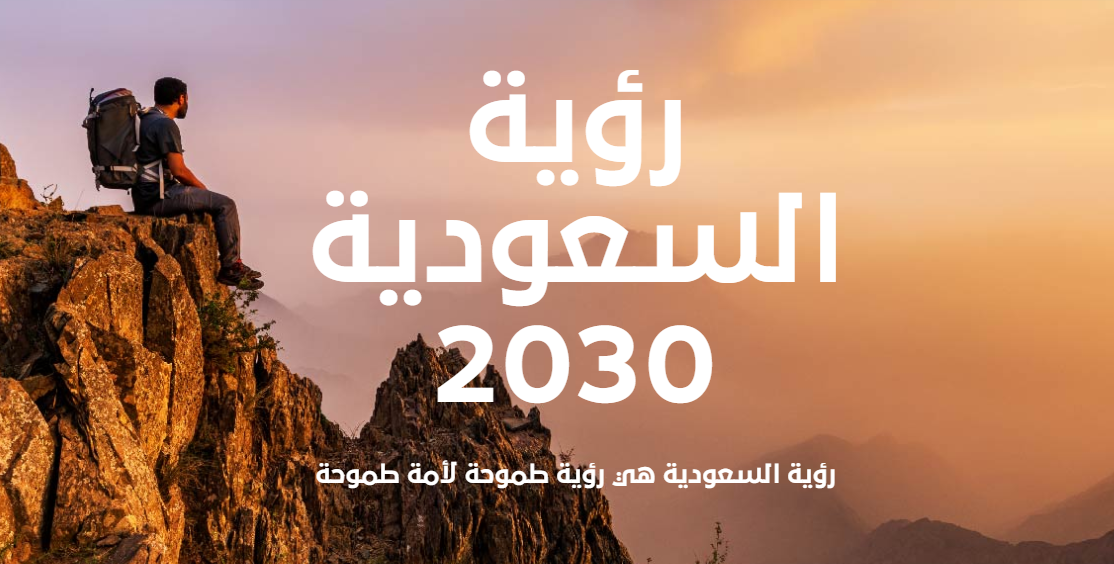Opportunities and risks of investing in the Saudi economy until 2030 AD with the progress of vision projects

Disclaimer: This article focuses only on an economic aspect of the interview with the Crown Prince, may God protect him. Evaluating the performance of the vision cannot be achieved by individual efforts due to the comprehensiveness of its objectives. The most important thing, according to my perception, is to evaluate the vision through its ability to reduce our dependence on oil revenues.
Preface
The main purpose of the Public Investment Fund is no longer focused only on investment goals, but rather economic development investment goals that are usually found within the scope of work of other development funds such as the National Development Fund have been added.
The fund will not finance the general budget until the year 2030 AD, according to the statements of His Highness the Crown Prince in his last interview. He stated that the fund will focus on developing its assets in the coming years without any distributions until the year 2030 AD, as the fund’s distributions are supposed to not exceed 2.5% of the value of its annual assets.
Increasing the capital investment expenditure from the fund more than its counterpart in the general budget. The fund plans to spend 160 billion riyals during the year 2021 AD, which is higher than the capital expenditure of the general budget, which is estimated at 150 billion riyals for the same year, according to the statements of His Highness the Crown Prince.
Greater expected economic growth and new jobs
The value of combined capital expenditure exceeds 300 billion riyals during the year 2021 AD, and its continuation as well annually will raise the expectations of economic growth for Saudi Arabia similar to the previous period between 2010 to 2015 AD, but perhaps at a slower pace. Plans to rationalize spending and the participation of the private sector, or in the budget of the Public Investment Fund and its companies due to the investment profitability goals of the Fund and its companies.
An increase in the value of assets
Although there are still no indications of an increase in inflation since the value-added tax was raised during the year 2020 to 15%, it is likely that the value of various assets will continue to increase in the coming years in an uneven manner, according to the exchange channels for these investments and the continued expansion of the housing sector and the real estate financing sector in addition to To changes in some local laws, such as those related to urban planning and housing, and others expected to allow foreign ownership of Saudi real estate, which could be accompanied by privileged residency.
tax risks
Although the growth of the economy will help create new jobs, it is difficult to predict a rise in the level of personal consumption before the end of the current year and to make sure that global economies will return to growth again, and with it personal consumption. The Corona pandemic raised savings levels and raised the unemployment rate, which means that the past value tax is possible. Is it not enough in the future to bridge the budget deficit? Until now, the inflation rate in Saudi Arabia has been declining on a monthly basis since July 2020. In addition, public debt is still expected to rise at the expense of Saudi reserves (see a future outlook to compare the size of public debt with Saudi reserves until 2025 AD)
Risks of developing non-oil revenues through fees and fines
Several years ago, a general trend emerged for the development of self-revenues in government institutions and ministries in their various departments, whether through fees and fines or through partnership projects with the private sector, by making this approach part of the objectives of government systems. According to my perception, partnership projects with the private sector to provide government services is an appropriate option, but making institutions focus on increasing their revenues through fees and fines will affect the quality of their strategic initiatives, as the quality of service provided will decrease or have negative effects on the growth of economic sectors and markets that the institution serves and hinder the role of the sector private. (Collecting money and developing revenues is the role of the General Authority for Zakat and Tax only through zakat and taxes)
Risks of conflict of interest for the Public Investment Fund in the local markets
The private sector’s fears of the Fund’s investments in the local market are not limited to its financial strength only, but extend to the ability of those in charge of the Fund to adapt local laws in the interest of the Fund’s performance. These are serious risks that we witnessed previously when government investments in various sectors were an obstacle to its growth and the expansion of competition, such as the telecommunications sector. The regulations at the present time are different with the Saudi Vision 2030, but these risks will remain until there is a clear separation between the interests of the fund and the interests of government institutions that supervise and regulate the markets in which the fund invests locally, especially in the new cities such as Neom, the Red Sea and Qiddiya.
Investing and saving in assets is the solution
According to my perception, the ambiguity that we are experiencing today will not last long before the Saudi economy enters a new wave of growth similar to the previous period that pushes the inflation rate to rise locally after international inflation affects it. Therefore, we are supposed to focus on investing in various tangible assets such as real estate, stocks, and securities. The other is to face rising prices and strengthen wealth, after seeking the assistance of a financial advisor licensed by the Capital Market Authority.